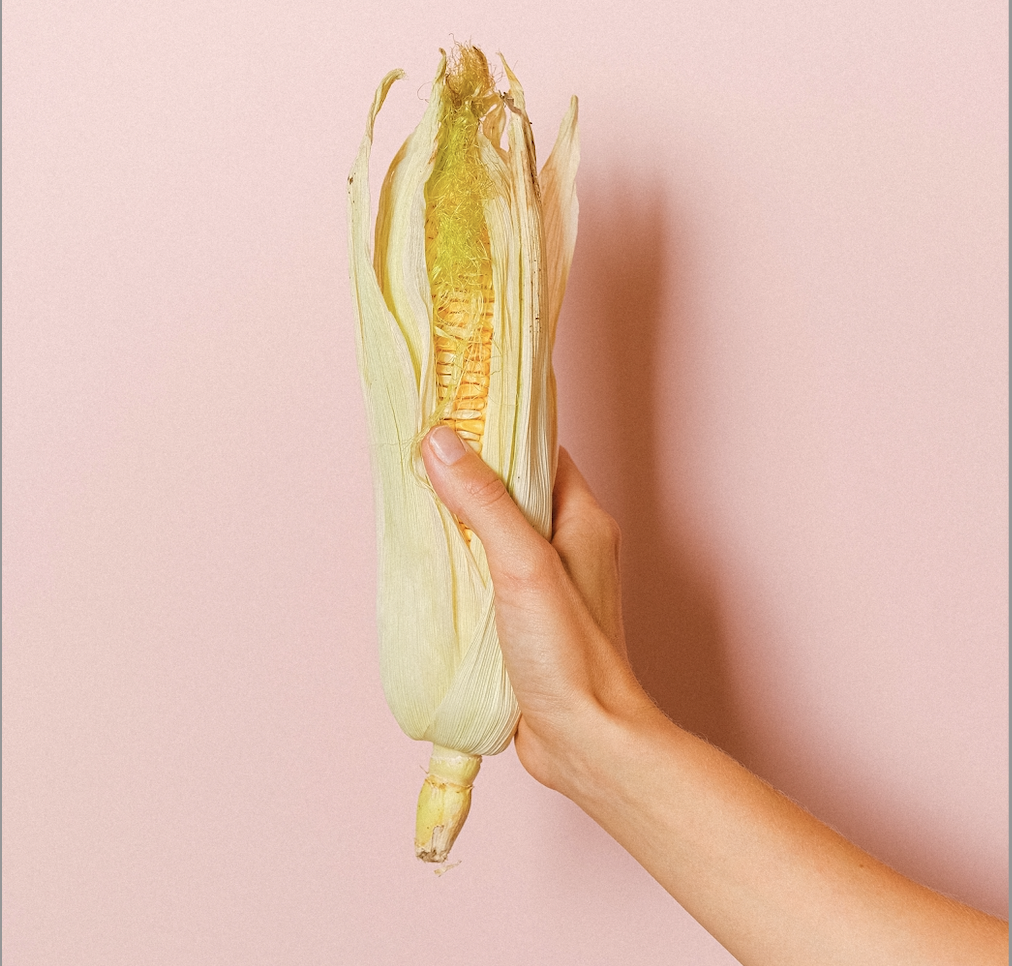Corn is an incredibly important crop that is used in a wide range of food and other products globally. For thousands of years, it has supported the diets and livelihoods of millions.
Also known as maize, corn does not exist naturally in the wild. Corn as we know
it today is thanks to native civilizations in Central and South Mexico who developed the
crop from a wild grass called teosinte about 10,000 years ago. By the time Europeans began colonizing the Americas in the 15th century, corn was a major food source for native civilizations throughout the region. These civilizations taught European colonists how to grow the crop. This grain was introduced to Europe by explorers and colonizers like Christopher Columbus. Its growth now stretches from Canada and Russia to South America.
Despite its sweet taste, eating corn and whole-grain corn products can lead to better gut health. It mainly consists of insoluble fiber, which means it is digested slowly and doesn’t cause unhealthy spikes in blood sugar according to the Mayo Clinic. It also has B vitamins and essential minerals like zinc, magnesium, copper, iron and manganese.
According to the Mayo Clinic, corn is a starchy vegetable that contains approximately 15 grams of carbohydrates per half cup or small ear of corn. Those with diabetes should consider this in their meal carb calculations.
Corn can be grilled, creamed or sauteed. The tiny kernels, bursting with flavor, can be enjoyed straight from the cob or off. Because of its global importance, a number of cultures enjoy it. In the US, it’s a familiar side dish. In Mexico, it’s often thrown into salsas or made into a delicious salad with sour cream, queso fresco and jalapeño.
Related Article:

